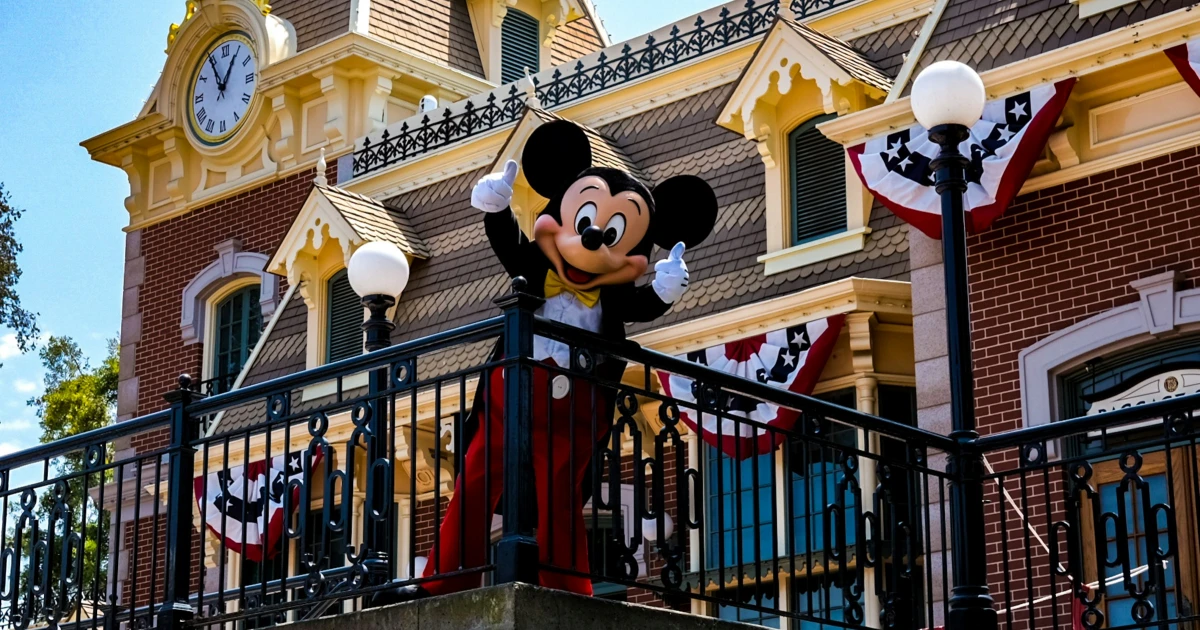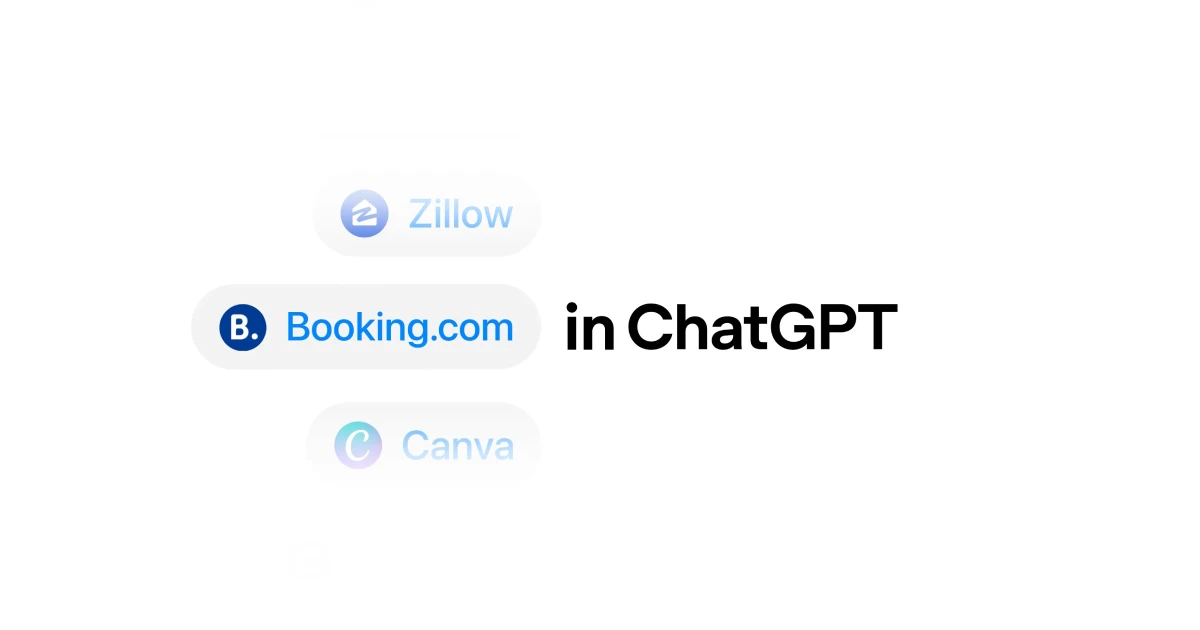For its streaming infrastructure, Disney uses a combination of private and public cloud services that help the platform store and protect the data it receives. The hybrid approach works for Disney because it can take advantage of both the security of private clouds as well as the flexibility of public ones.
If you use Disney+, you might have noticed that it moves pretty fast. Superior to a lot of its rivals, to be fair. That is because Disney uses a global network of data services that minimizes the latency of users and lets them enjoy the content at top-notch speed.
In addition to these perks, Disney also employs an advanced mechanism of content delivery. It ensures that users have a high-quality streaming experience even in peak times by deploying content delivery services from the biggest names in the industry, like CloudFront(AWS), Akamai, Lumen, and Fastly.
We are sure it crossed your mind how streaming services recommend content to their users. To put it simply: by using machine learning. But how does it work? Well, for starters, remember that everything you watch serves as data that helps the platform recommend similar content. If one week all that you watch are action flicks, be prepared to get recommendations in the same spirit.
This personalization of the user experience is more psychologically centered than we would like to admit. If you are served similar content to the one you watched or loved in the past, you will most likely continue to use Disney+. It is an intelligent strategy that many streaming platforms employ. We consider it a major technical innovation that helped Disney+ grows its user base.
Disney Plus uses a combination of video codecs, like H.264 and HEVC, to compress its video content. This way, the size of the files is reduced while keeping the quality high. Why is it important? Minimizing the amount of data that needs to be transferred to its users allows Disney to offer content with great speed.
Disney+ also employs dynamic adaptive streaming, which is a great advantage to users who experience network problems. Disney’s videos are broken into segments, and the quality of those segments is adjusted based on the network connection of the user.
All in all, the technical innovations used by Disney+ in video encoding and compression are crucial for the way the platform serves content to its users. Every customer can experience high-quality streaming because of this.
Even more so, Disney’s innovations in the field of user security and protection should be followed by every streaming service.
Everyone wants to be safe when surfing the web or enjoying their favorite entertainment. Disney+ deploys innovations that protect its users from data leaks and the platform from unauthorized access. DRM (digital rights management) is the technology that Disney uses to control and encrypt its digital content. This way, it ensures that the copyright holders are protected.
Furthermore, by using advanced security protocols such as HTTPS and SSLs, Disney protects users’ data. Long gone are the days when you had to worry about hackers stealing your data while you try to watch your favorite TV show on a random website.
So Disney+ is one of the newer streaming services, but it has been able to achieve a respectable amount of technical innovations faster than its competitors. We expect Disney to be one of the leaders in streaming in the future and are excited to see what other innovations they can bring to the table.
















